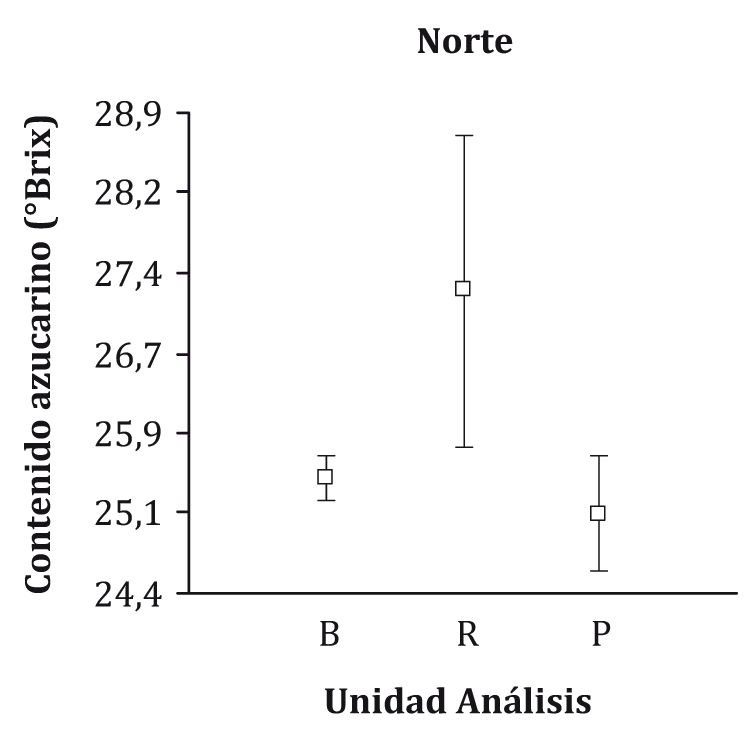Sampling probabilistic vineyards of tint grapes to estimate the quality of the must
Keywords:
sampling, grapes, grape must, quality, valuationAbstract
The aim is to define criteria for obtaining probability sampling unit sampling and analysis to estimate the parameters of the physico-chemical composition of grapes. Three sampling strategies are applied: one is to sample n plants and harvest all their grapes, and two others arise from two-stage sampling for 100 composite samples of 10 berries and grapes. For each strategy, precision and accuracy is determined estimates of sugar content, pH and total acidity of the juice from the total harvest of the sampled plots, which were considered the parameters to be estimated. The greatest accuracy was obtained with the strategy of selecting plants at an early stage, through systematic sampling with random start, and then subsample 100 berries with a predetermined procedure. The analysis of variance was significant (p < 0.05) when comparing azucarinos content and pH between plants. When designing a sampling plan in vineyards to estimate the enological quality of the future must obtain and in order to improve efficiency, it need to choose a method that is encompassing the whole of it. To minimize bias in estimating the sugar content, a correction factor of 0.94º Brix is proposed.

Downloads
Published
Issue
Section
License
Aquellos autores/as que tengan publicaciones con esta revista, aceptan las Políticas Editoriales.


